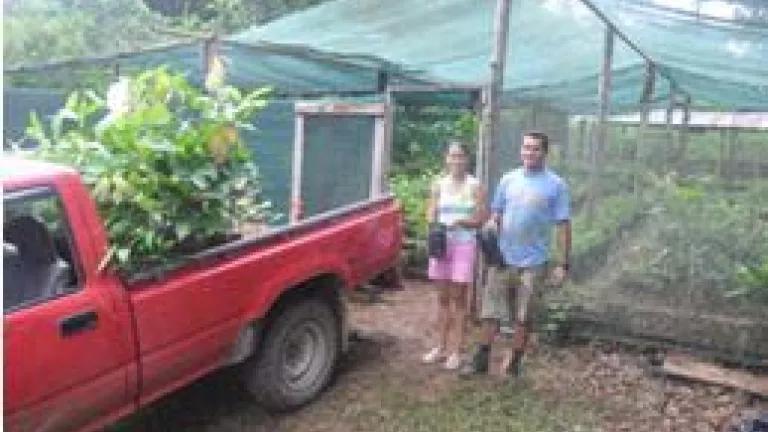
Thanks to the support of our members, NRDC’s Revive a Rainforest project in Costa Rica’s Osa Peninsula - one of the wildest places on earth - has gotten off to a very successful start! Over the past several months our partners at Friends of the Osa (FOO) have been busy preparing the land and growing seedlings in their nursery. Now, as the heaviest rains of the tropical rainy season start, they have finished transplanting the first batch of trees to the restoration plot in a critical conservation corridor and buffer zone connected to the Corcovado National Park.
Photo: FOO
The Osa is truly a special place. In its tropical forests live four species of monkey, ocelots, jaguars, tapirs, toucans and more scarlet macaws than I’ve seen anywhere else. The Sierpe-Terraba Estuary, described as “Costa Rica’s Everglades”, is one of Central America’s most important wetland habitats and home to migratory birds and other wildlife. The Osa’s Golfo Dulce is visited by four species of sea turtles, including leatherbacks and olive ridleys, humpback whales, and spotted pan-tropical and bottle-nosed dolphins.
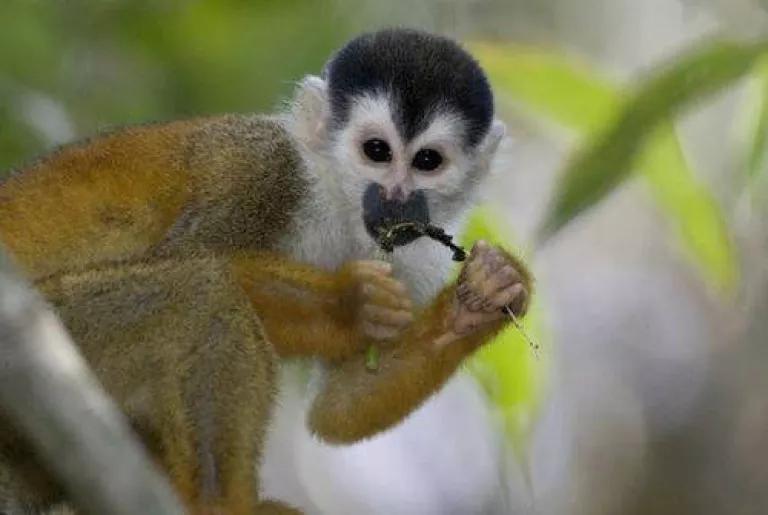
Photo: FOO
But this incredible biodiversity is under threat from expanding development and this spurred NRDC to help restore part of a degraded forest. As Jacob Scherr mentioned here , the land we are rejuvenating was previously deforested for use as low-grade cattle pasture and then converted into exotic species plantations, including the dry forest species Pochote. The plantations were eventually abandoned in the hopes that the forest would recover -- but the damage had been done. The non-native, Pochote trees prevented many local trees from coming back and here is the result:
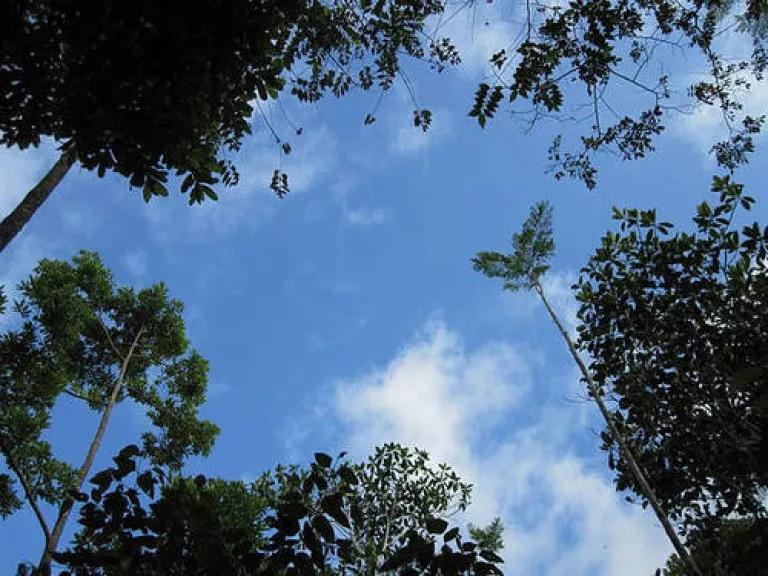
Photo Tina Lee
In a rainforest, you should not be able to see so much sky. There should be layers of trees of all shapes and sizes, competing for sunlight and forming a dense canopy that provides shelter and food for wildlife. Yet here, the Pochote is preventing native rainforest species from growing to fill in the gaps in the canopy. In these open spaces -- resembling bald patches in the canopy -- ferns are also becoming a problem as they keep out other native plants.
A few years ago, our partner FOO stepped in to prevent the land from being developed for real-estate and to help bring back the Osa’s vibrant plant and animal diversity. With NRDC’s help, FOO increased its native species nursery by over 5,000 seedlings – often gathering the seeds by hand from well-established native trees on the property. They have now already planted 37 species of trees on NRDC’s plot, including fruta dorada, or wild nutmeg trees, that attract spider monkeys with bright red, fleshy seeds, and guapinol trees that bear hand-sized edible seed pods.
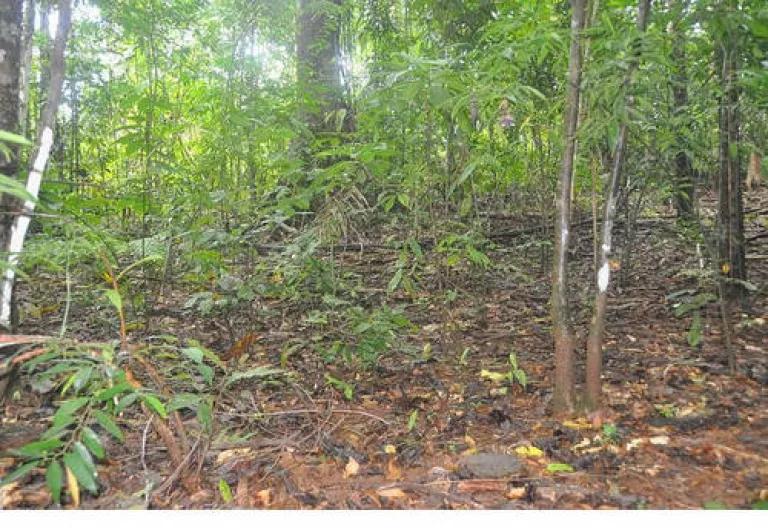
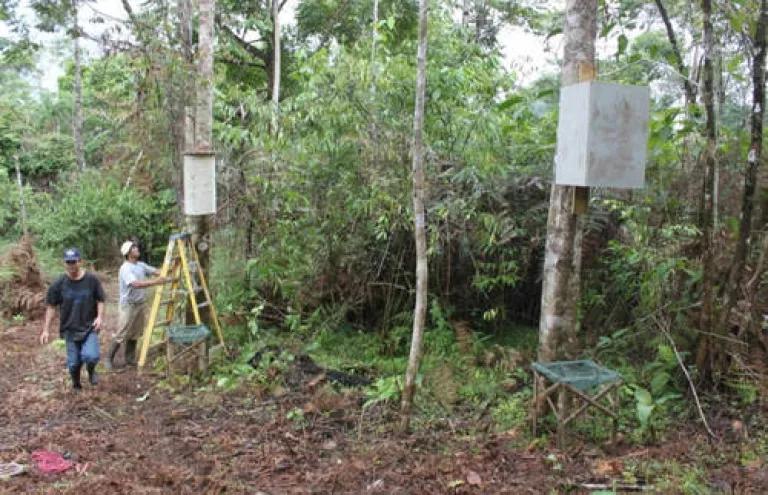
Photo: FOO
Numerous migratory birds, including the Peregrine Falcon and Black-billed Cuckoo, spend the North American winters in tropical Costa Rica and brand new bird boxes will provide homes for some of these visiting species. The birds and bats will help to naturally disperse seeds to pastures and degraded areas. By planting fruit-bearing trees FOO will also help draw even more birdlife to our restoration plot, including the Osa’s scarlett macaws.
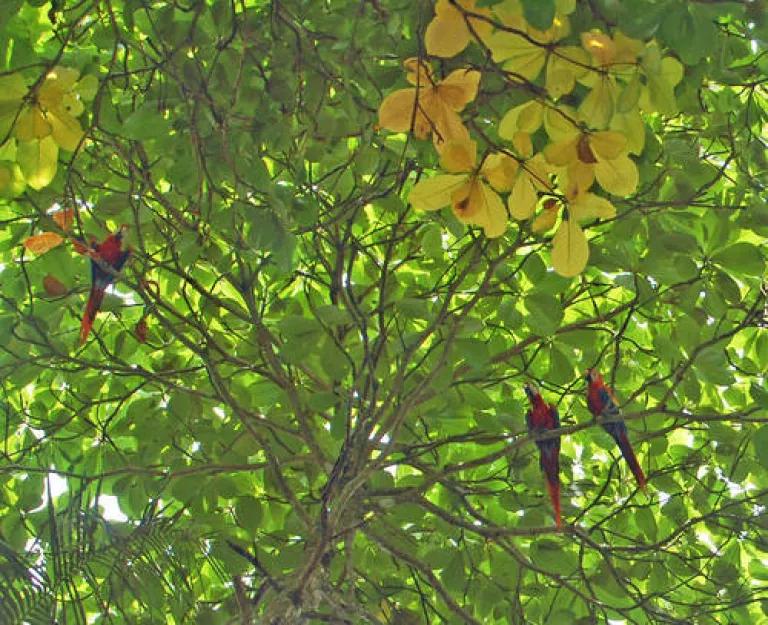
Photo: Jacob Scherr
We are very excited about the project’s progress so far. Before planting the young trees FOO’s experts first carefully conducted baseline tree and wildlife inventories and established monitoring points. This will help us track tree growth and show how biodiversity slowly recovers. The work with FOO will serve as a model of reforestation using multiple native species. Our trees are helping to bring back the healthy habitat that endangered species such as the jaguar and ocelot need. And as they grow, they are also helping to mitigate climate change by sequestering greenhouse gases. What’s more, this project will combine local community engagement and education to highlight the importance of protecting and restoring the Osa’s forests.
In addition to our forest restoration project we’re also closely monitoring the situation in the Osa and we’re prepared to take action against any specific threats that arise. In a recent trip to Costa Rica, Peter Lehner met with high-level officials and urged them to make protection of the Osa a priority and to ensure that any development in the Osa is sustainable. He discussed NRDC’s concern about potential plans for an international airport near the Sierpe Estuary, the rampant overdevelopment of tourism infrastructure and our concern that gravel mining is proceeding without adequate environmental assessments.
So while our partners at FOO are nurturing our young trees and helping them grow, at NRDC we will be working to make sure the Osa’s natural treasures – now including our new trees – remain safe.

